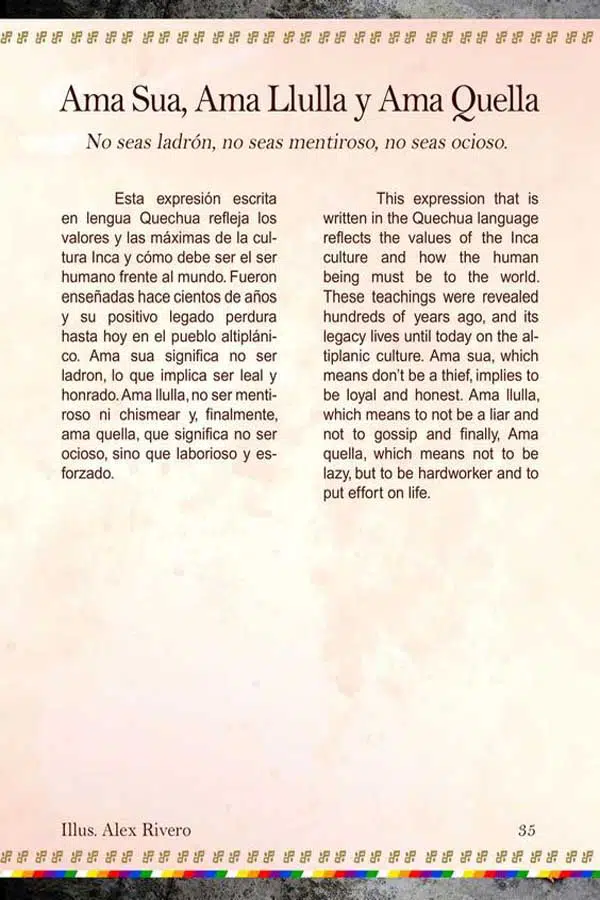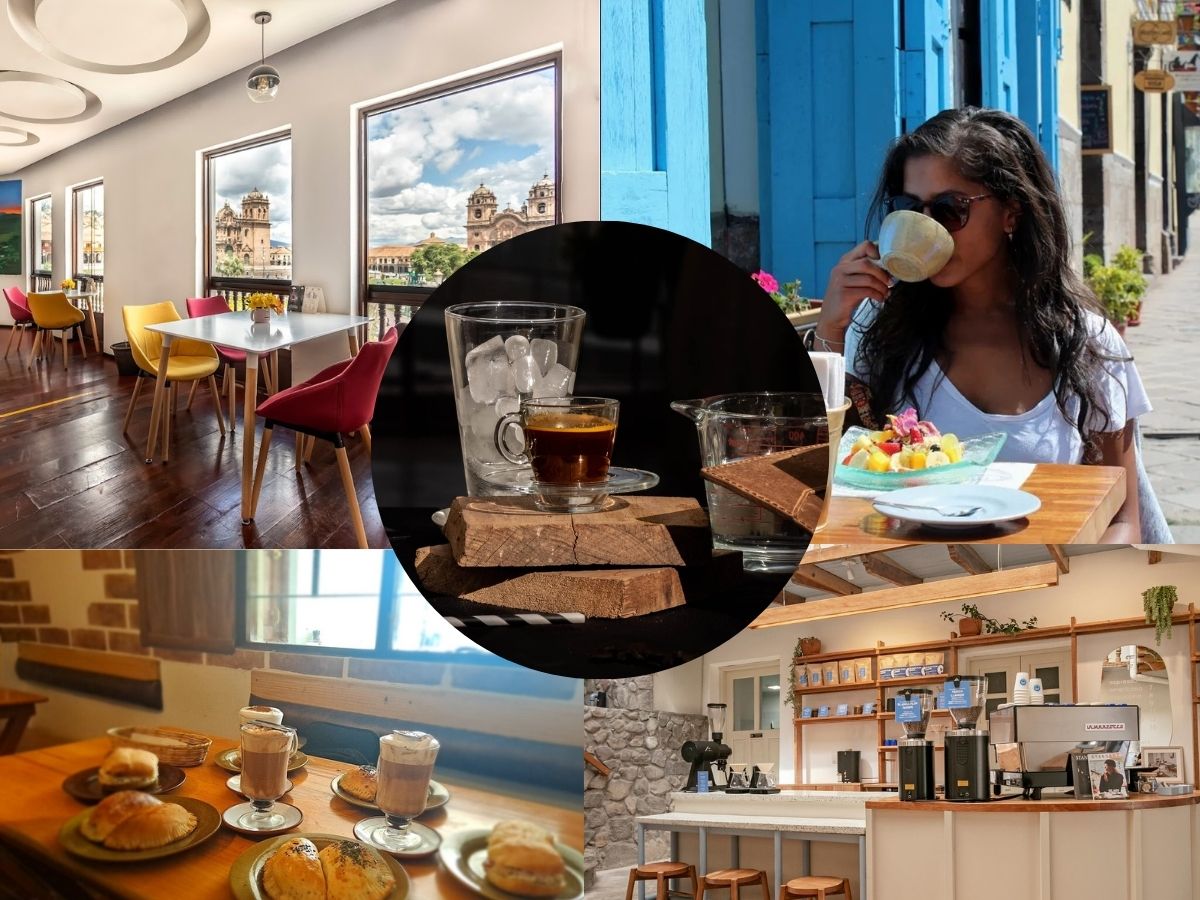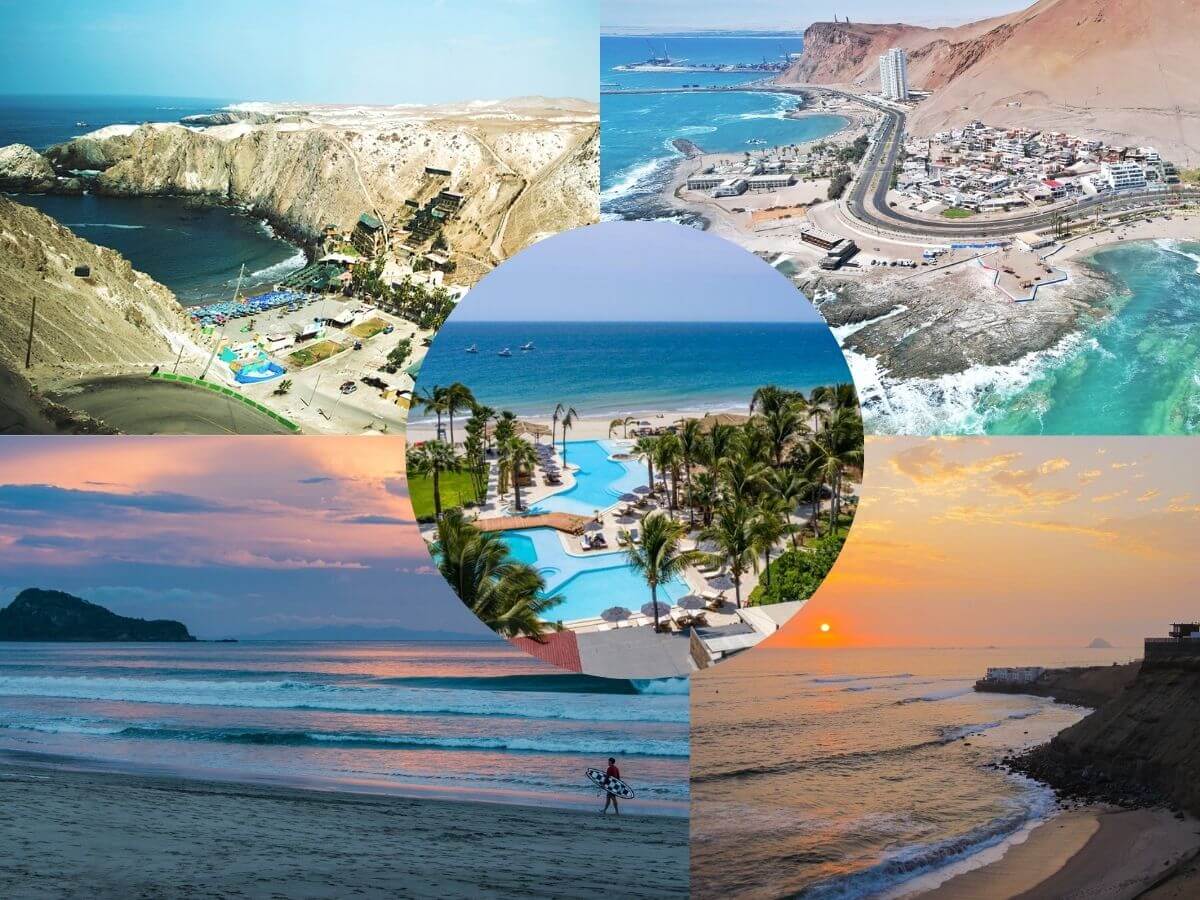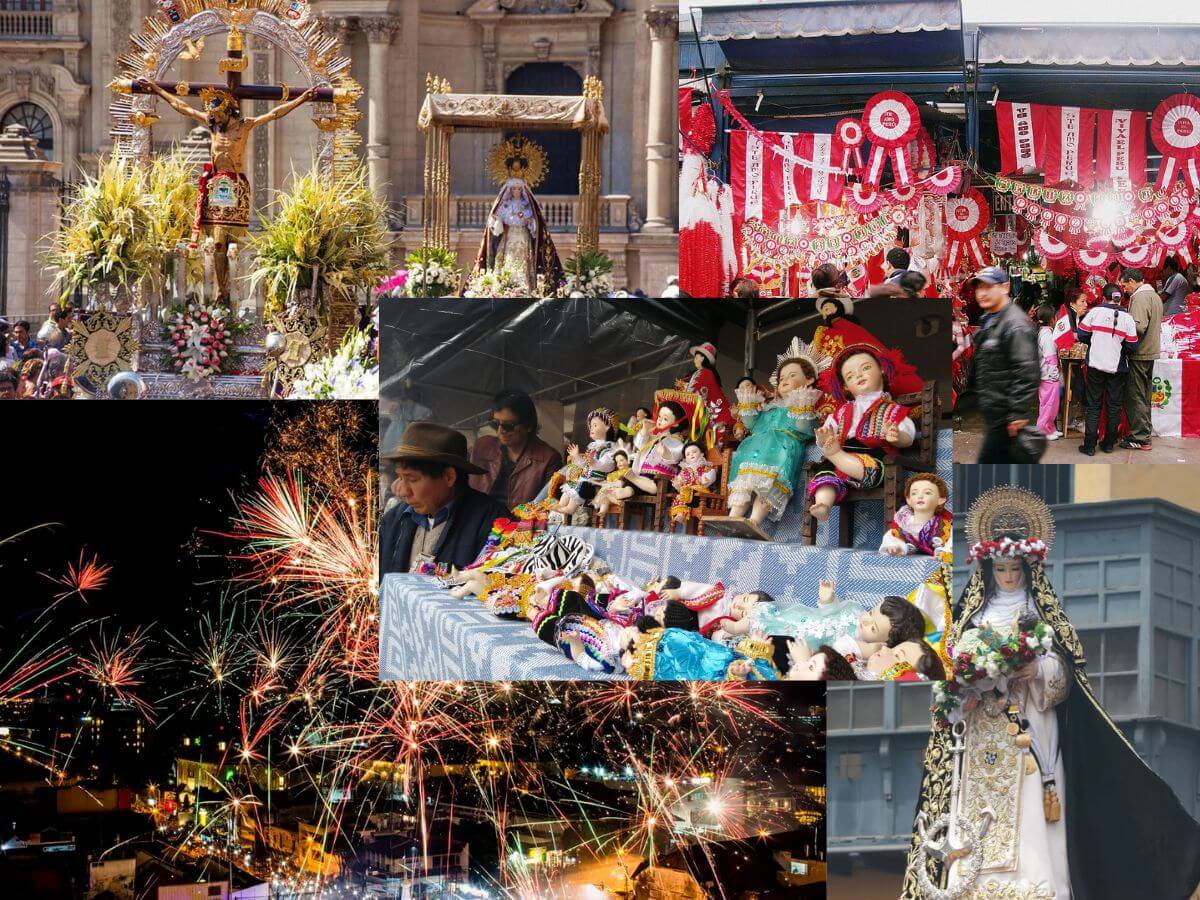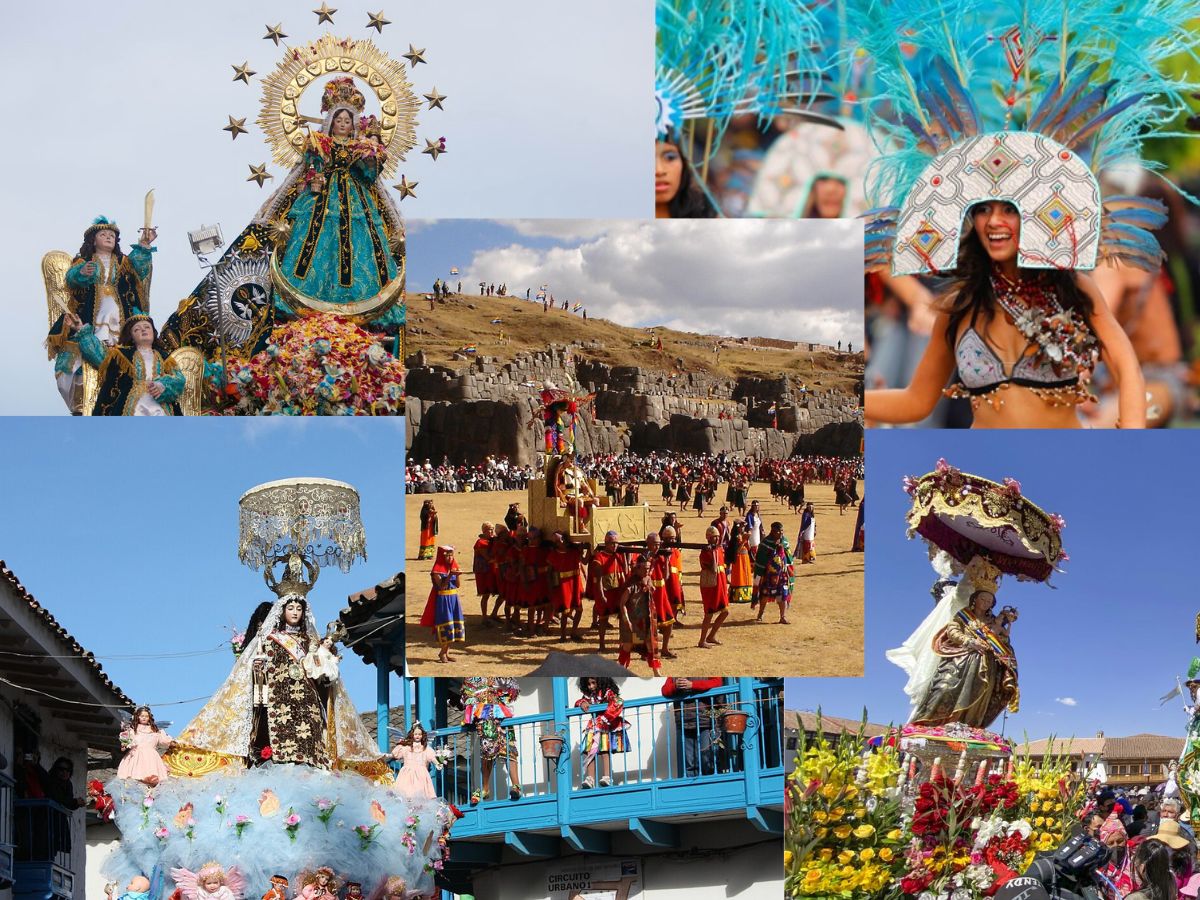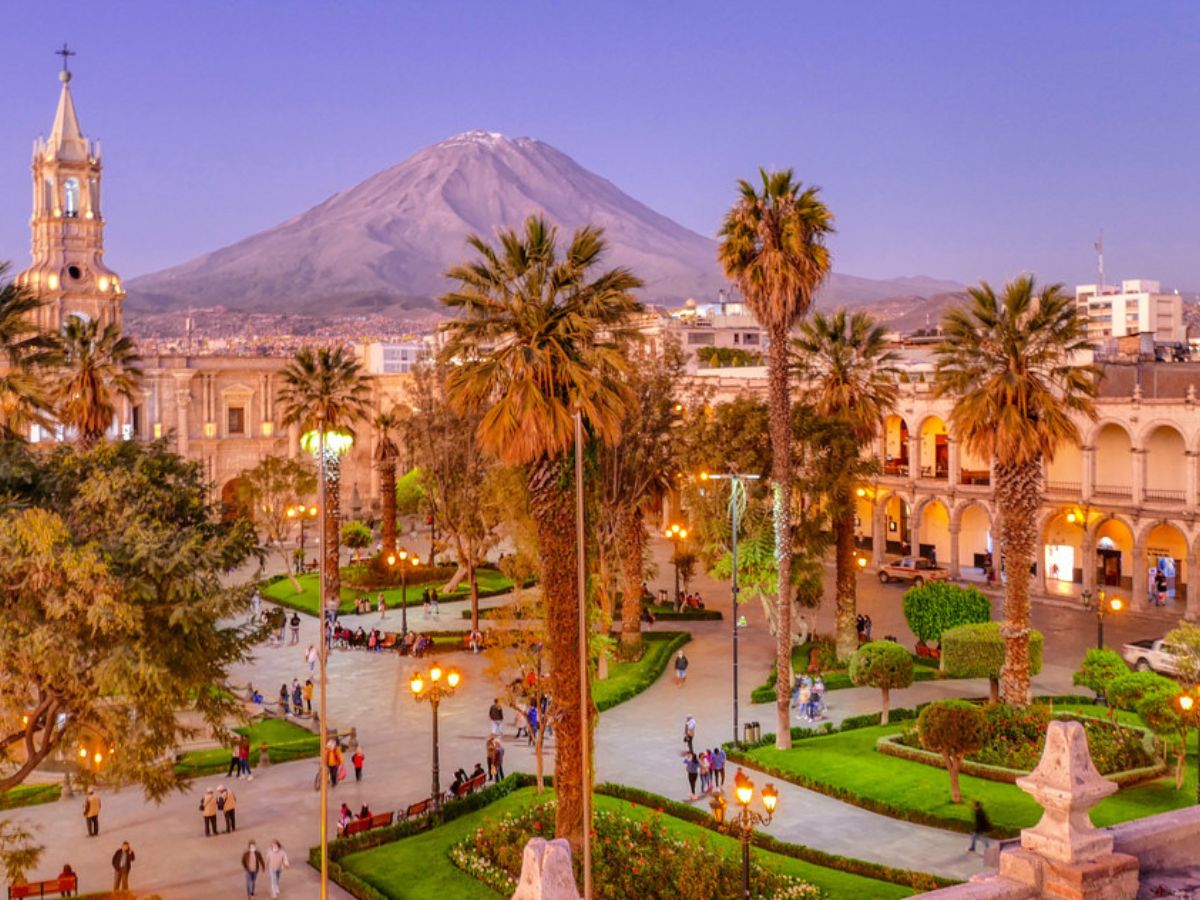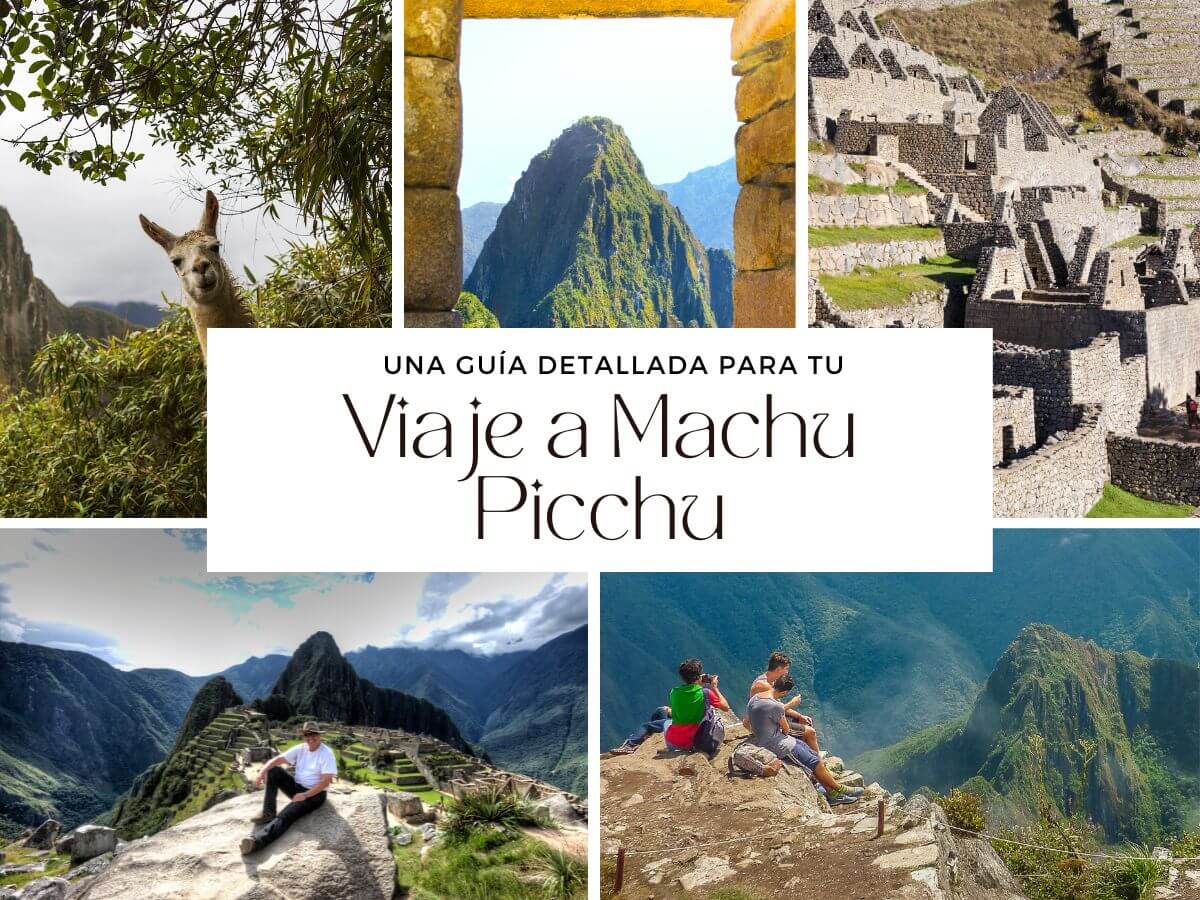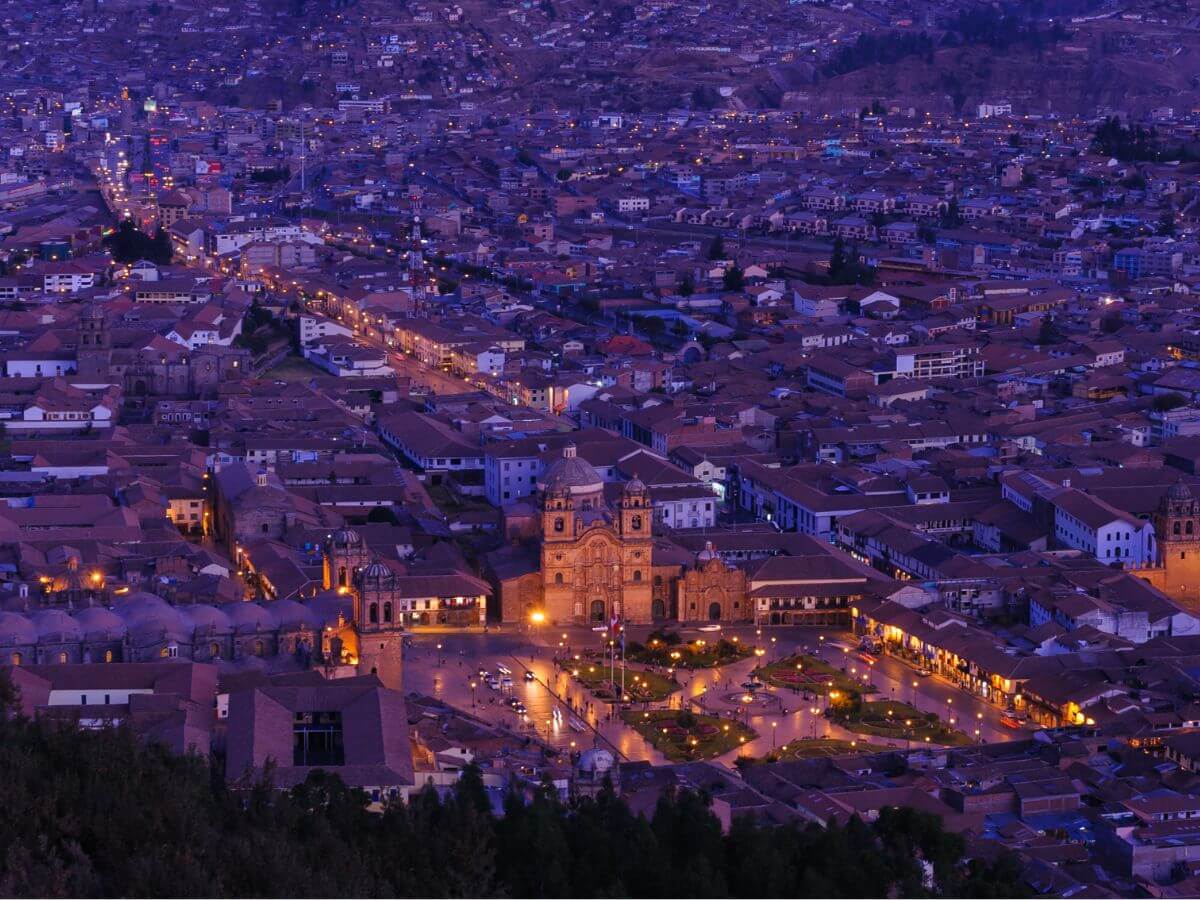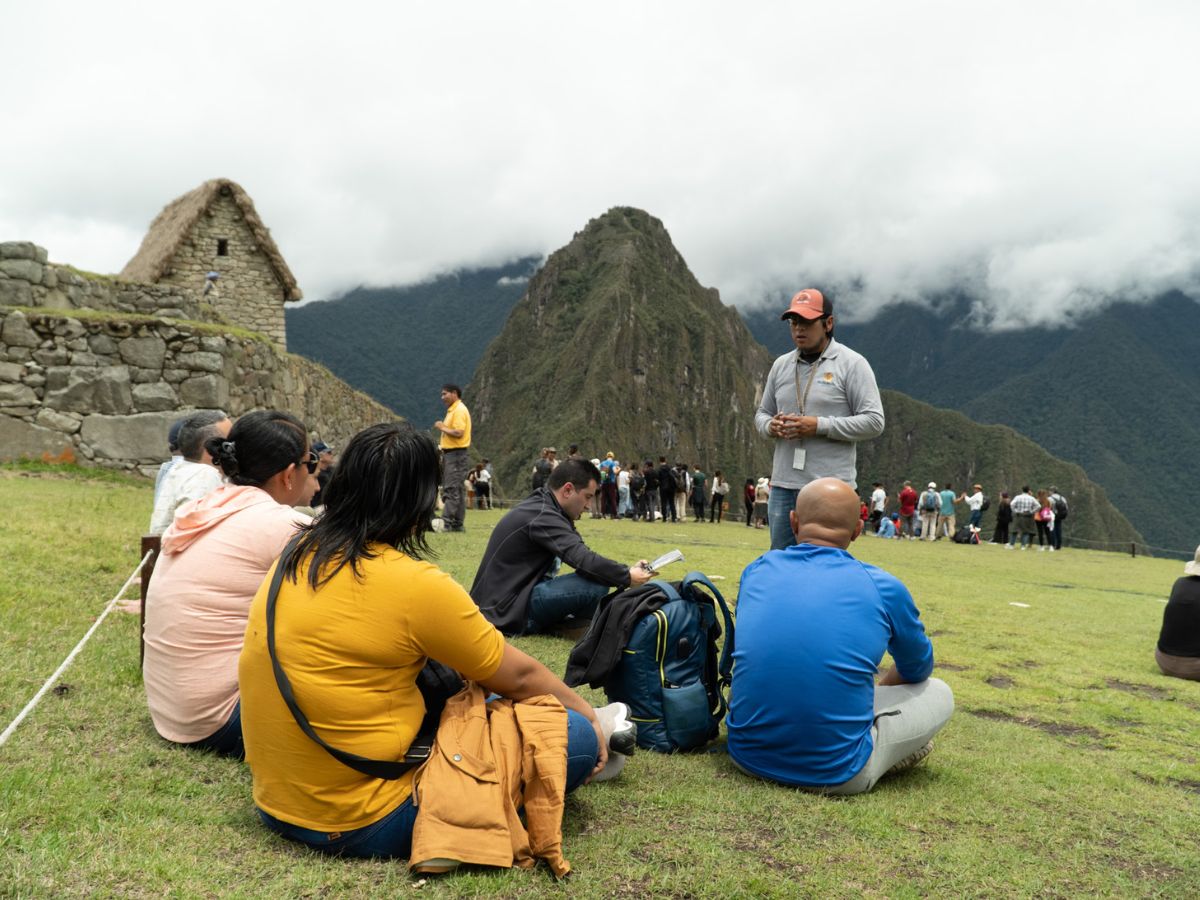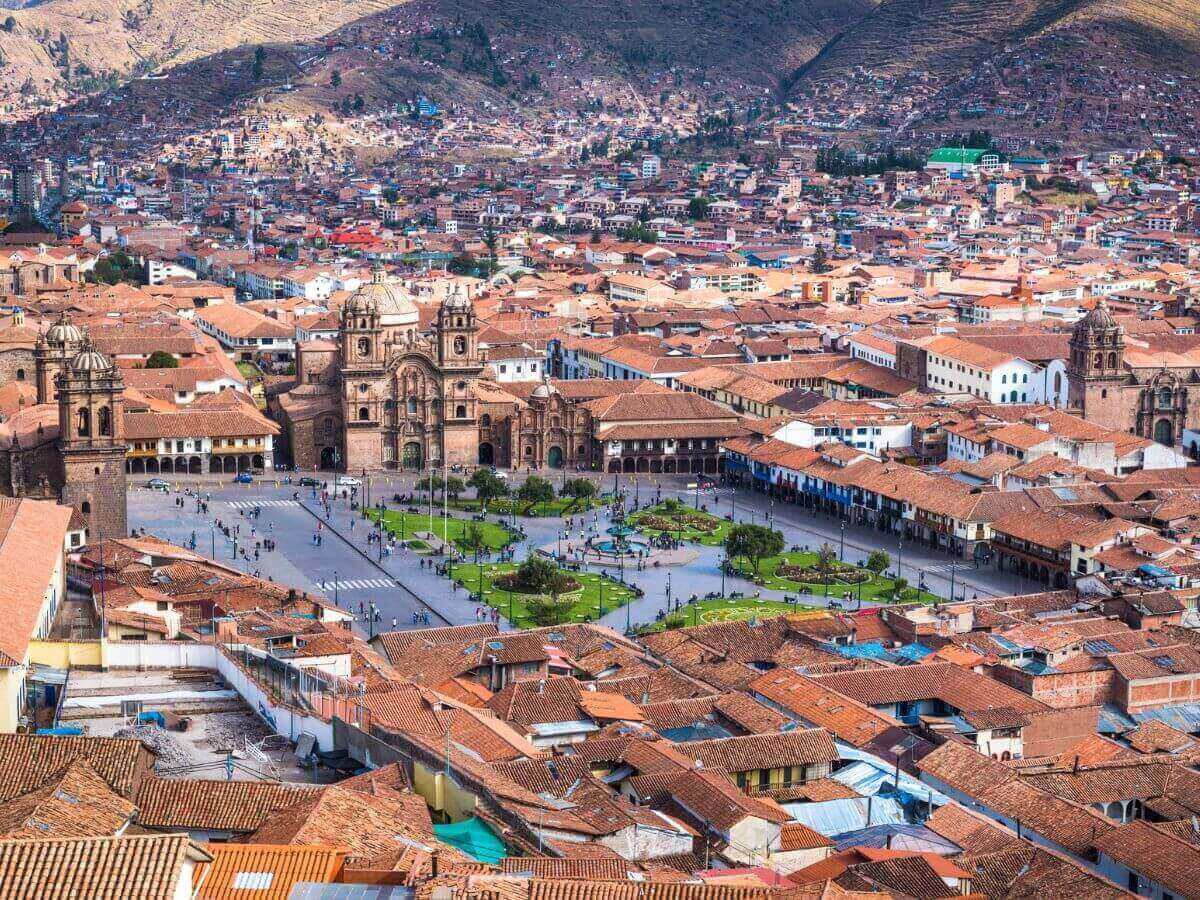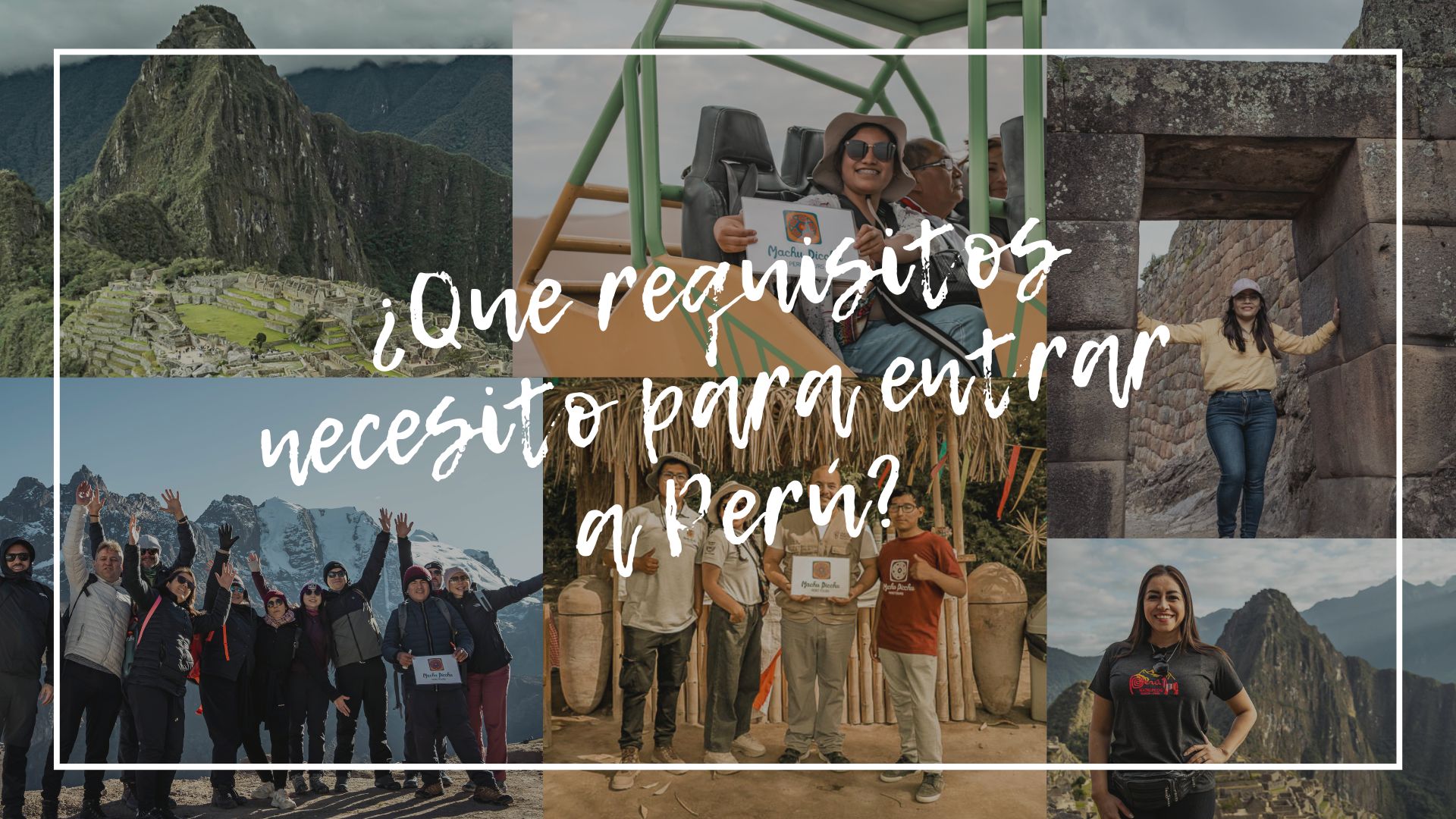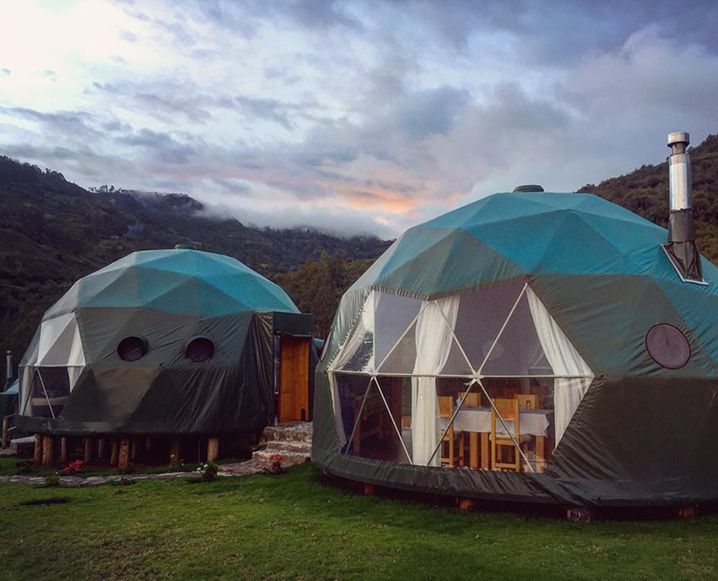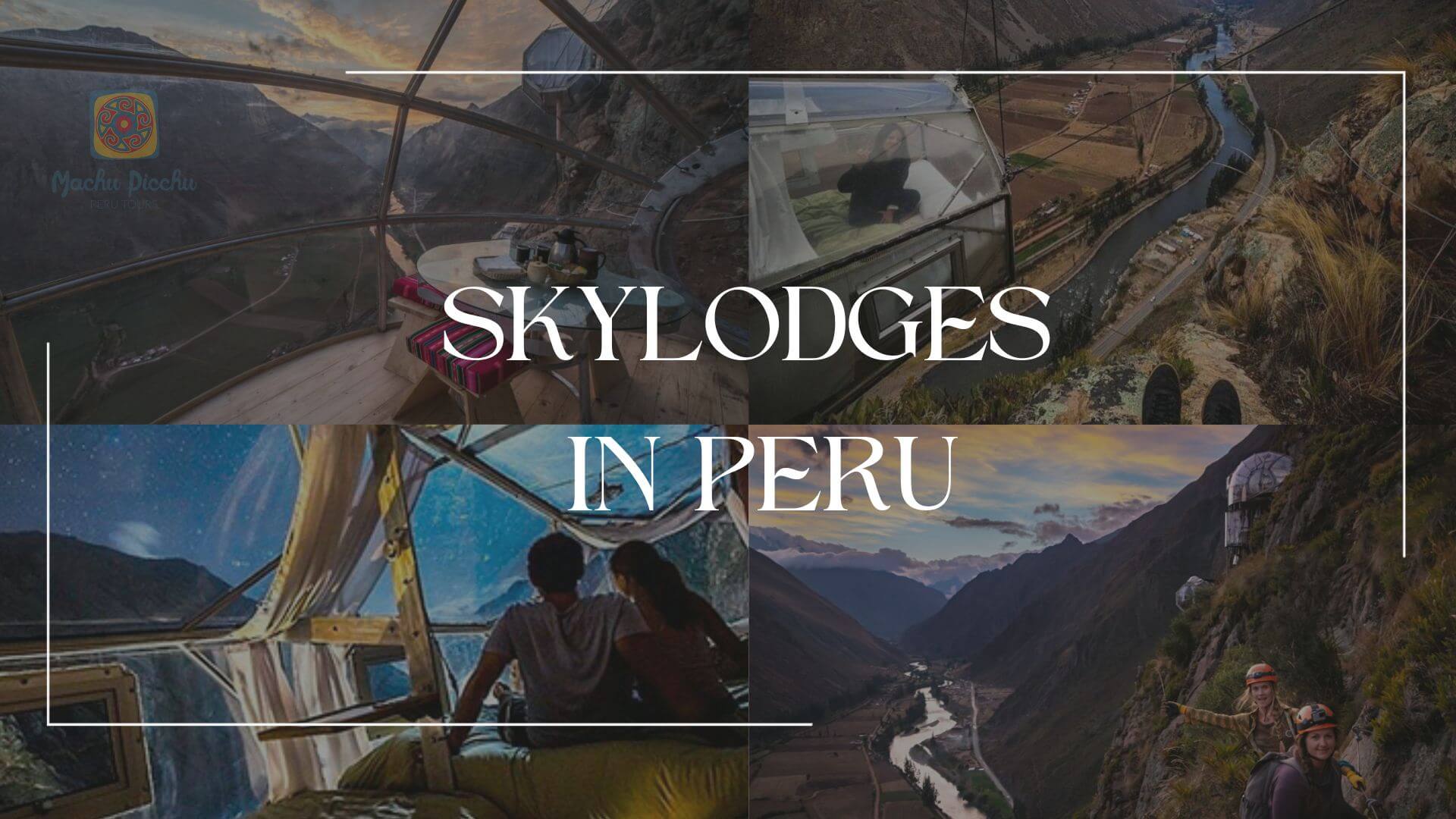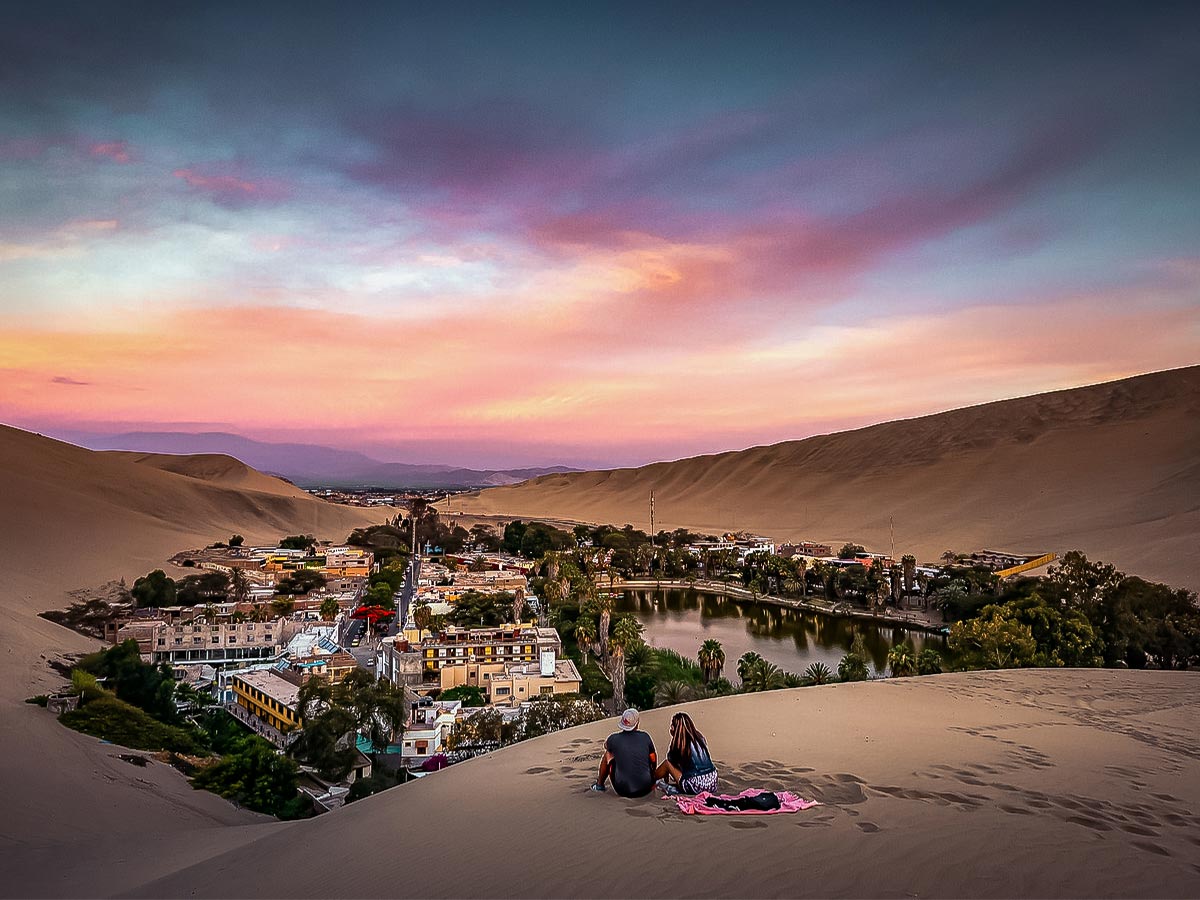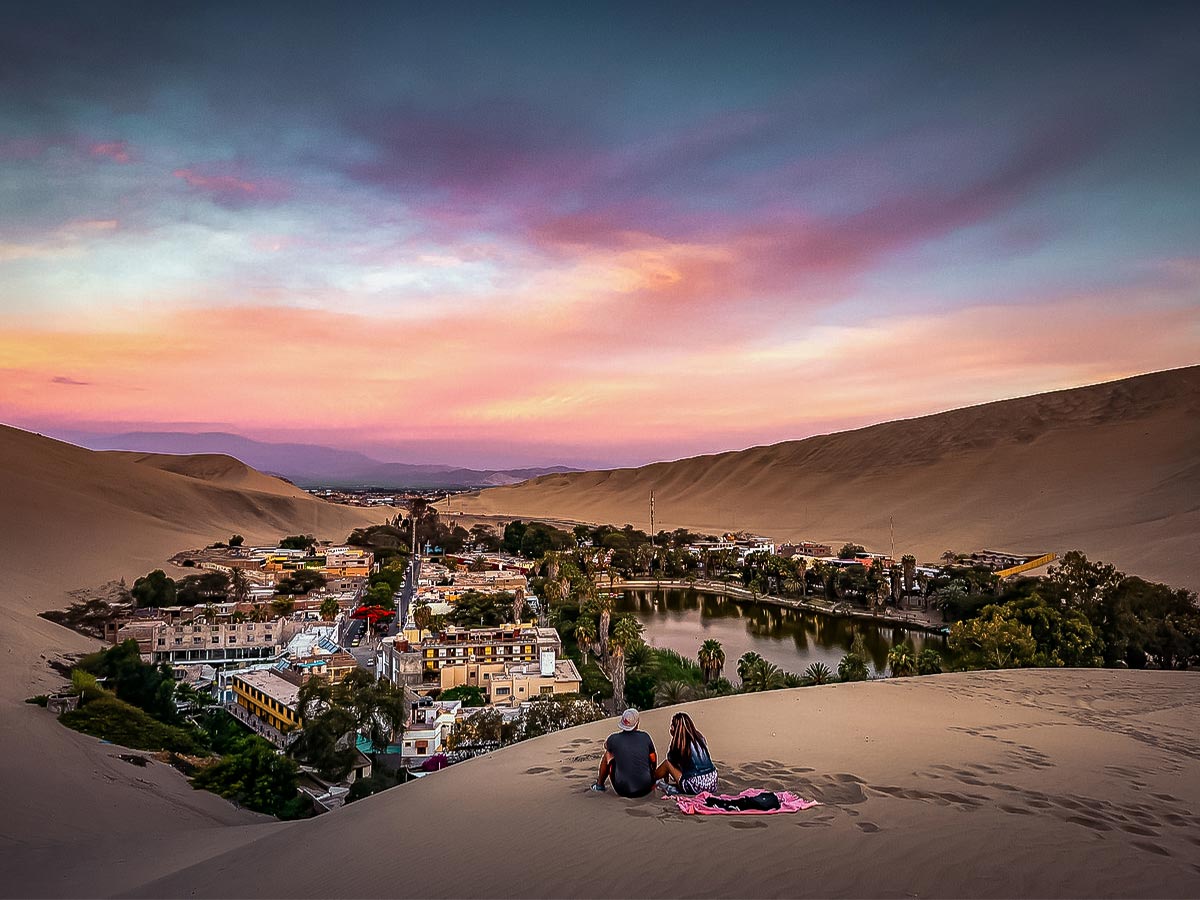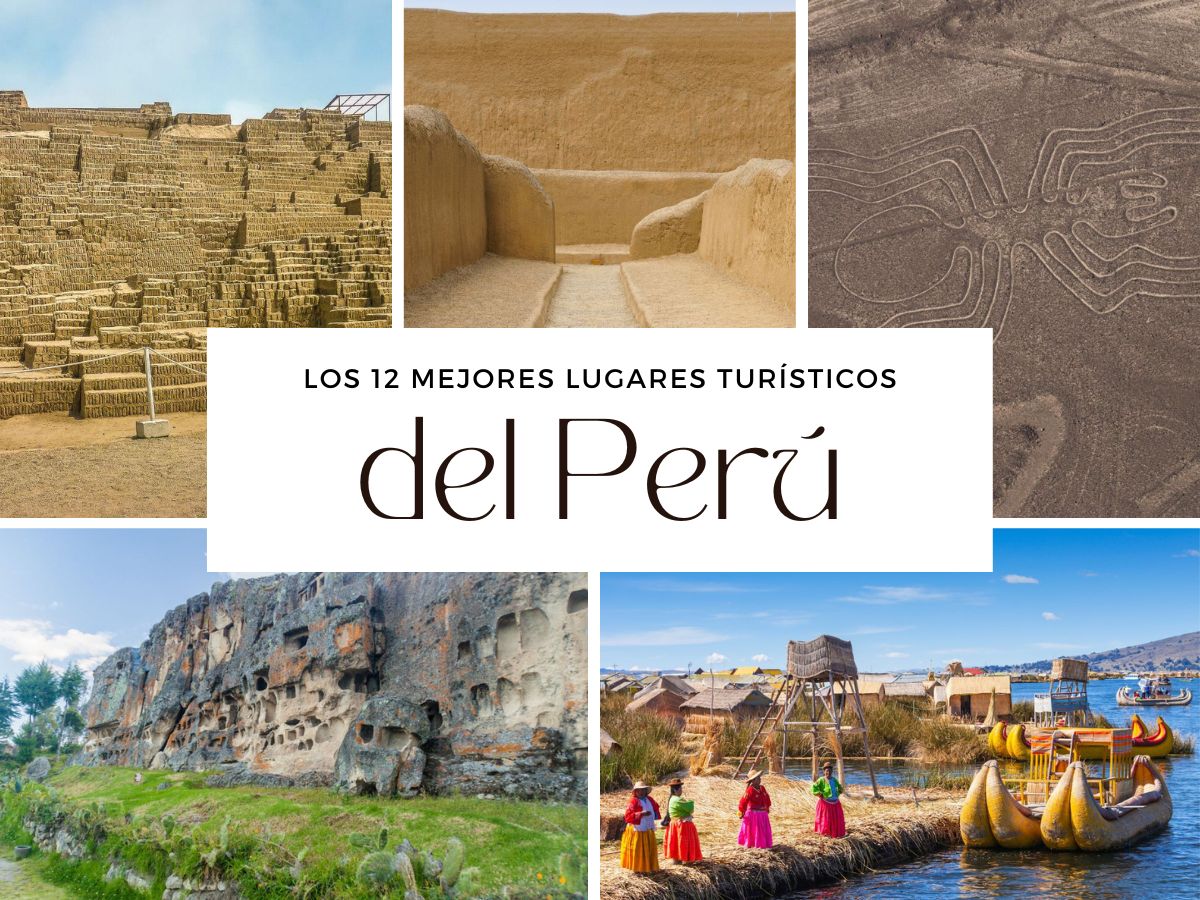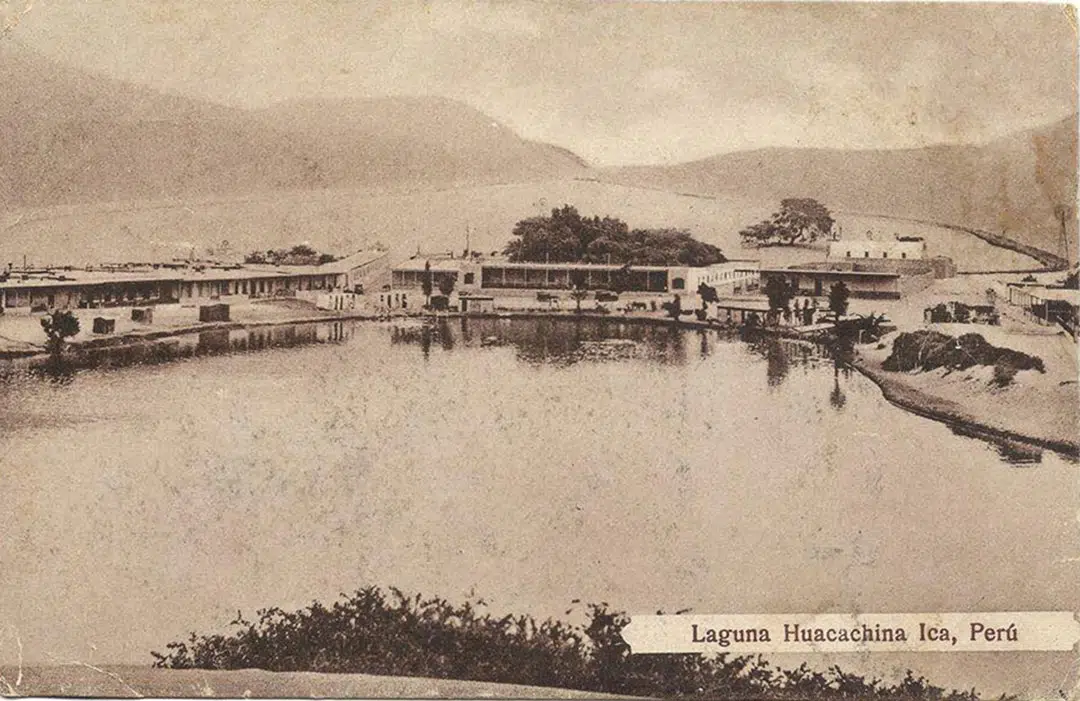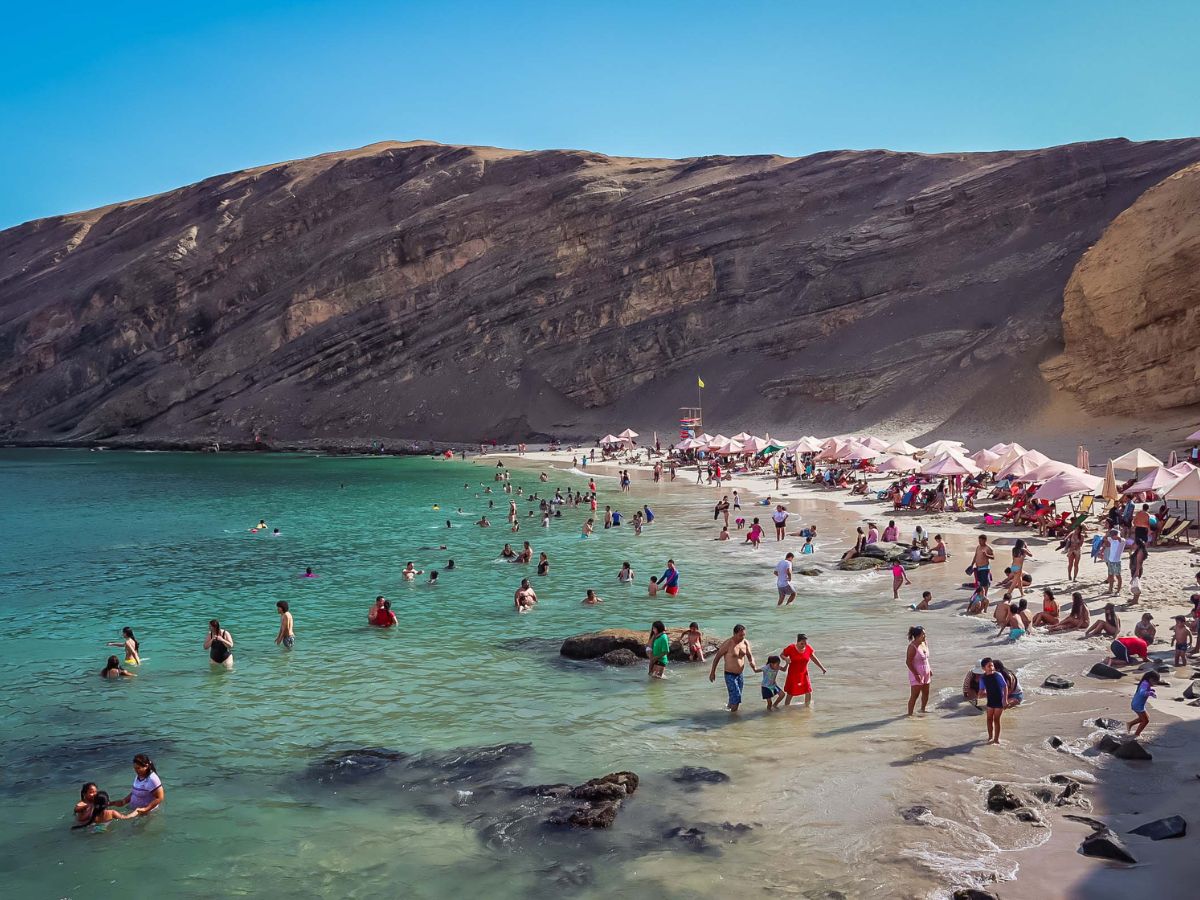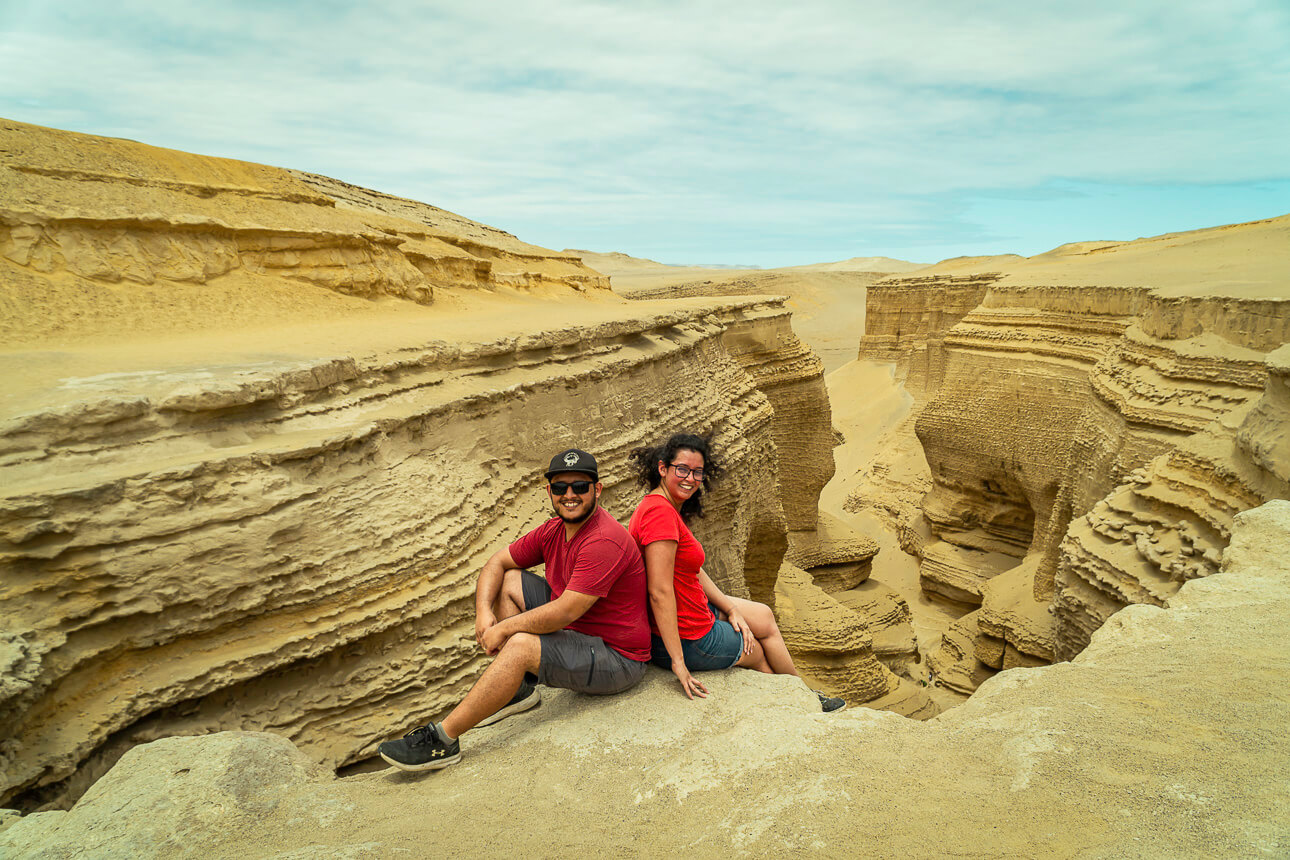The social organization of the Incas during the Inca period had several systems that the Incas used to have an ordered and grouped civilization according to their origin. In the social organization of the Incas, the first place was occupied by the Inca, followed by the blood nobility, the privileged nobility, the people, the mitimaes and the yanacunas.
Machu Picchu Peru Tours bring you this post to help you to understand better that the Incas were not only incredible architects, but also very skilled and organized in Tahuantinsuyo.
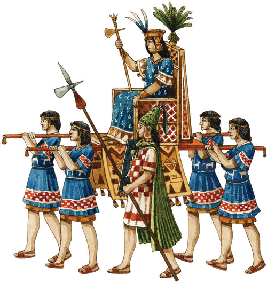
The social organization of Tahuantinsuyo, preceded by the Inca
What was the social organization of the Incas like?
The society in the time of the Incas was rigid and hierarchical. They were constituted by a pyramid where the Inca was in the head.
The Ayllu
The ayllu was the fundamental element in the social organization of the Incas. It was the community work done by families, a part of the production was destined to the construction of the temples, and the other part to the supply of the state and the survival of the population.
The ayllu was the group of families or a community similar to clans, united by blood ties, owners of territories, where they lived and worked collectively. Politically governed by a single chief, the curaca.
The social organization of the Incas was classist
The Inca society was classist, that means that it was divided into different social classes.
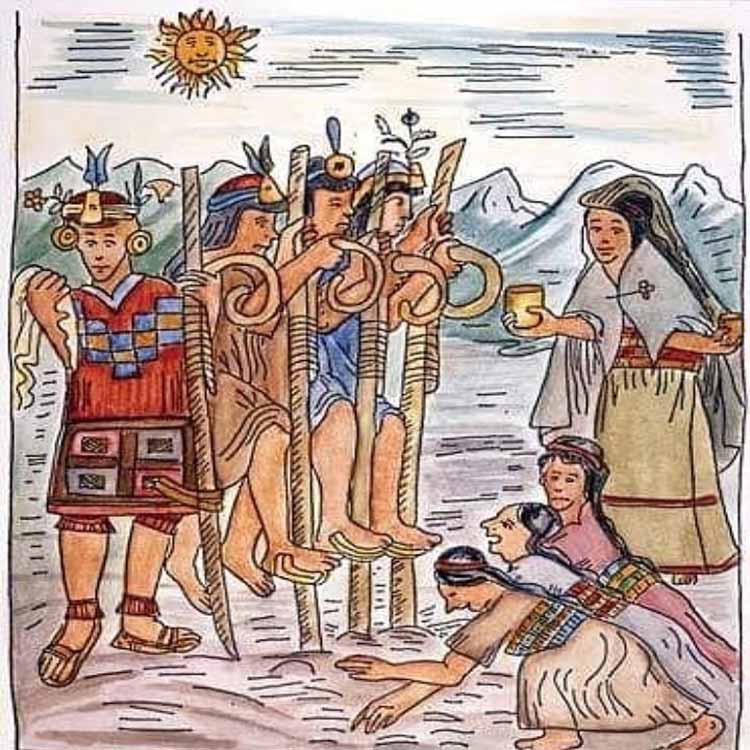
Social hierarchy in the time of the Incas
There were 3 basic social classes: royalty, nobility and the people.
1. The Imperial Royalty
It was made up of the royal family of the Inca:
- The Inca, was the highest authority of Tahuantinsuyo. He was in charge of being the link between the inhabitants and the universe of gods and ancestors. It administered the resources and established alliances with other towns.
- El Auqui, was the son of the Inca. It could be the firstborn or his other children. All possible Incas became Auquis while the Inca lived.
- The Coya, was the main wife of the Inca and belonged to his own panaca, that is why she was considered his “sister”.
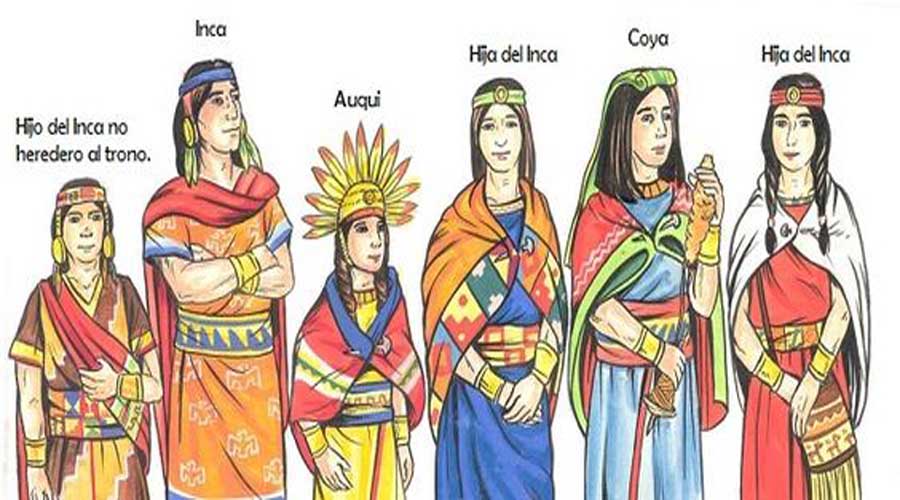
2.- The Nobility
It was formed by some relatives and close friends of the monarch. They were the owners of the best lands, and in turn were divided into 4 classes:
Cusco Nobility, formed by all the reigning imperial family kinship, whose distinctive consisted of deforming their ears by means of earrings (earrings), whom the Spanish called “orejones” (big ears).
Nobility by Association. It was formed by the inhabitants within a well-defined geographical sector. These people were considered noble.
Local Nobility, constituted by the curacas and their relatives. The curacas were the local and tribal chiefs of the conquered peoples. Once they met the Inca, they were considered noble but of lesser hierarchy.
Nobility of Privilege, They were the people who, for their brave work in the war, were incorporated into the nobility by the Inca.
3.- The People
It was the basis of the Inca social system, made up of the hatun runa and the yanaoca:
Hatun runa, they were the peasant men of the popular sectors. They lived in rural areas, in small towns and were carefully controlled by the Inca state administration. They only had rights derived from the communal organization.
El yanaoca, who were considered direct subjects of the Inca. A large part of them were taken to Cusco to be used in the personal service of the Inca, of nobles, in the cleaning of the palaces, in the lower occupations of the administration; others stayed in different parts of the Empire in the service of the principals.
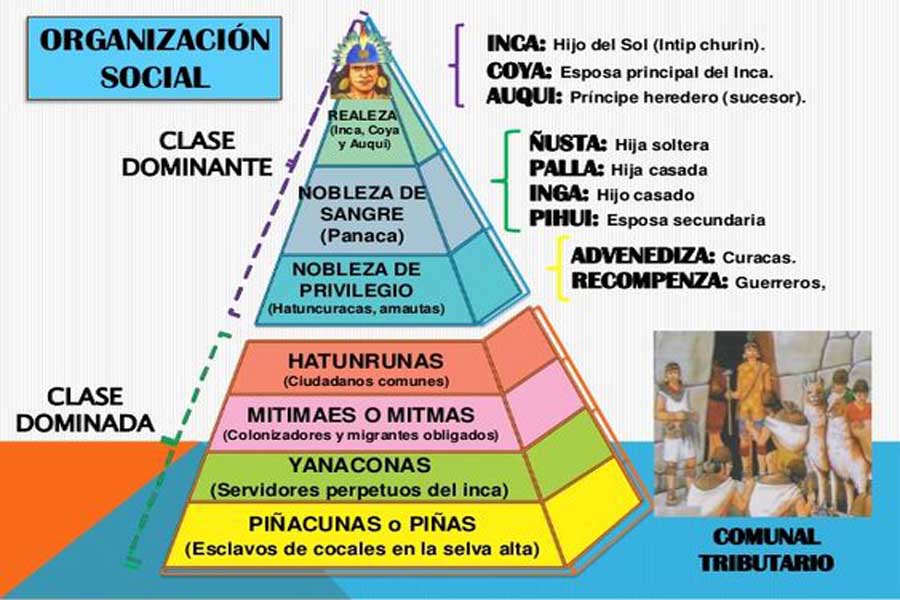
Rules in the Inca organization
In the Tahuantinsuyo everything was governed by rules and laws; they were not compiled in written form in a code, they were rather a duty imposed by custom; so they were clear, precise and few in number. Everyone knew what they should and shouldn’t do.
- AMA SUA Don’t be a thief.
- AMA LLULLA Don’t be a liar
- AMA QUELLA Don’t be lazy
Moral conduct rested on these three principles, that is, honesty, truthfulness and work; they constituted the basis and pattern of all legislation in the legal and moral order of the Incas. Failure to comply with these rules was considered a crime in the time of the Incas. Therefore the Inca culture was very organized socially.
